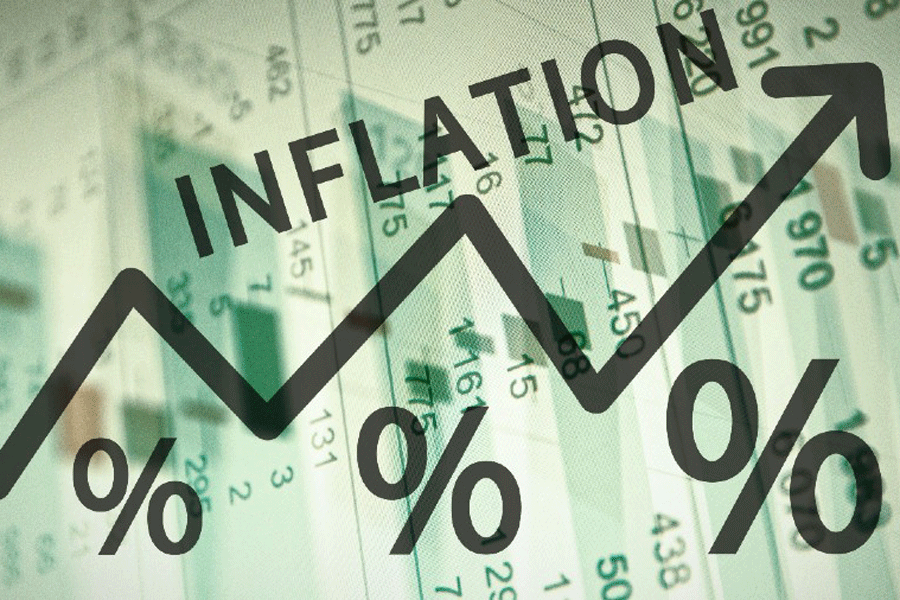Retail inflation has surged to a 14-month high of 6.21 per cent in October, breaching the Reserve Bank of India’s (RBI) upper tolerance level of 6 per cent.
The spike, driven by food prices, especially vegetables, has dampened hopes of an imminent rate cut and could force the central bank to adopt a more hawkish stance.
The National Statistical Office (NSO) data released on Tuesday showed food inflation accelerating to 10.87 per cent in October compared with 9.24 per cent in September. Vegetable prices surged 42.2 per cent year-on-year, while edible oil prices rose 9.51 per cent.
“A rate cut in the December 2024 policy review appears ruled out,” said Aditi Nayar, chief Economist at Icra. “We anticipate that a shallow rate cut cycle of 50 basis points may commence in February 2025 or later.”
State Bank of India group’s chief economic adviser Soumya Kanti Ghosh said they expected inflation closer to 5.3 per cent in November, while annual inflation is trending at 4.8 per cent-4.9 per cent, against RBI’s target of 4.5 per cent inflation.
“Inflation is likely to dip from January onward due to base effects, but we’re now less hopeful of a February rate cut. The first rate cut seems effectively pushed beyond February,” Ghosh said.
“The sharply higher than expected CPI inflation has largely been led by a surge in vegetable prices but also a sharp pickup in core inflation,” said Upasna Bhardwaj, chief economist at Kotak Mahindra Bank.
“We expect food prices to keep headline inflation above 5 per cent even in the next reading before the seasonal downturn starts to ease inflation,” Bhardwaj said.
Crisil chief economist Dharmakirti Joshi said the rise was driven by food products, particularly vegetables, which surged over 42 per cent year-on-year.
“The recurring flare-up in food inflation has kept headline inflation elevated and creates an upside risk to the inflation trajectory – restricting monetary easing.”
Joshi expects the RBI to hold rates steady in December. “However, we expect food inflation to ease this fiscal year as kharif sowing has been healthy, with a potential rate cut toward the end of this fiscal,” Joshi said.
However, the economists at Barclays said in a note that they continue to expect a rate cut in December, though it will be a close vote among the members of the monetary policy committee (MPC).
They said the spike in food inflation has not spread to other segments; food inflation itself is expected to ease in November as kharif harvests enter the market.
“On the other hand, growth continues to weaken, even if cyclically, and needs policy support.”
The policy decision, therefore, will hinge on which way MPC sees risks — for higher and persistent inflation, or weaker demand risks, they said.











